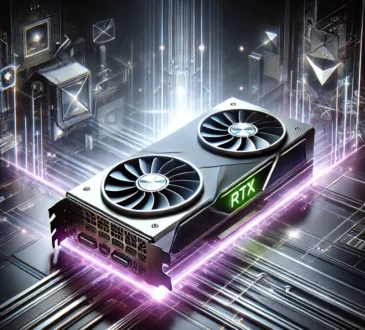The Power of Decentralized Physical Infrastructure Network (DePIN): Unlocking a New Era of Web3 Innovation

The world of technology is rapidly evolving, and one concept that has been gaining significant attention in recent times is the Decentralized Physical Infrastructure Network (DePIN). In this blog post, we’ll delve into the world of DePIN, exploring its potential to revolutionize the way we interact with physical infrastructure networks.
What is DePIN?
DePIN stands for Decentralized Physical Infrastructure Network. It’s a decentralized network of physical devices and equipment that provides various services without relying on traditional centralized architecture. With DePIN, physical infrastructure such as routers, servers, or sensors can be connected to create a robust and resilient network that offers a wide range of benefits.
The Full Potential of DePIN
DePIN enables the tokenization of machines, turning real-world assets (RWAs) into digital tokens that can be traded, owned, and utilized on-chain. This process creates a bridge between traditional asset markets and blockchain technology, breaking down barriers to RWA investments. It also allows individuals to directly fund and receive returns from services they like and use, providing a stream of passive income.
One tangible example of DePIN’s potential is the tokenization of a shared mobility fleet in Vienna. By bringing vehicle data on-chain, the shared mobility provider offered tokenized participation, allowing users to invest in and earn rewards from a vehicle’s performance. This democratizes access to valuable assets and improves operational efficiency and customer satisfaction.
Tokenizing Machine Data and Bringing it On-Chain
Tokenizing machine data and bringing it on-chain is the next logical step in DePIN’s evolution. Imagine a data pool with machine data from public EV charging stations, each collecting data on charging power, battery level of EVs in the surrounding area, or current energy grid utilization. This data can be securely stored on the blockchain, ensuring transparency and immutability.
By tokenizing generated data, new revenue streams can be opened up for charging station owners. Moreover, anyone with a wallbox at home can connect their “machine” and start earning rewards or purchase a fraction of tokenized charging stations via tokens.
Beyond Tokenization & Monetization
The benefits of bringing machine data on-chain go far beyond tokenization or monetization. One promising application is in artificial intelligence (AI). Today’s AI models require vast amounts of data to train effectively, yet real-time machine data remains relatively untapped. By making high-quality data accessible on-chain, DePIN enables the development of more accurate and efficient AI models.
Integrating machine data into Web3 also enhances data integrity and security. Blockchain technology ensures that data is stored in a transparent and tamper-proof manner, addressing issues of data manipulation and unauthorized access.
Challenges and Opportunities
While transitioning to a fully integrated Web3 ecosystem presents challenges, the benefits far outweigh the obstacles. As more industries recognize the value of tokenizing assets and leveraging blockchain technology, we can expect significant shifts towards decentralized and efficient systems.
In conclusion, DePIN has the potential to unlock unprecedented opportunities for innovation, growth, and collaboration in the world of Web3. With its ability to tokenize machine data and bring it on-chain, DePIN is poised to revolutionize the way we interact with physical infrastructure networks. The future of Web3 is exciting, and DePIN is at the forefront of this new era.



